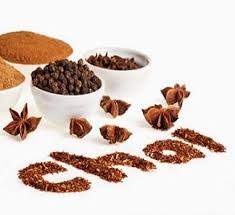You might have gotten acquainted with the beverage at Starbucks, a box of Equal Exchange’s fine blend, or drank it as a perfect end to a great feast at Shanti. Whether from boxed concentrate or brewed from a bag, it’s delicious.
‘Chai,’ originating from the Chinese word for tea, has diffused across several languages. Traditionally, leaves were grown and dried in South Asia for their Ayverdic medicinal properties.
But things really got brewing on the subcontinent around the year 1900 when the British wanted to break the Chinese monopoly on the drink, and grew it extensively in their Indian colony.
The real stuff isn’t made from a bag or box, but comes from a decoction of all the ingredients in a pot of water. Chai gullahs sell their own special brews, and Indian households have their own mix of cardamon, cinnamon, cloves, ginger, and pepper. The difference in quality has to be tasted to be believed.
And now you’ll have your chance to do so. Once again, Chef Andy is showing us how take a culinary favorite back to our own kitchens in the second installment of the Cooking Class series. I can’t wait because, like the high tea time that’s enjoyed in India, attendees will get to enjoy pakoras and samosas along with their homemade beverage.
Steep yourself in more tea facts across the web and bookstores:





